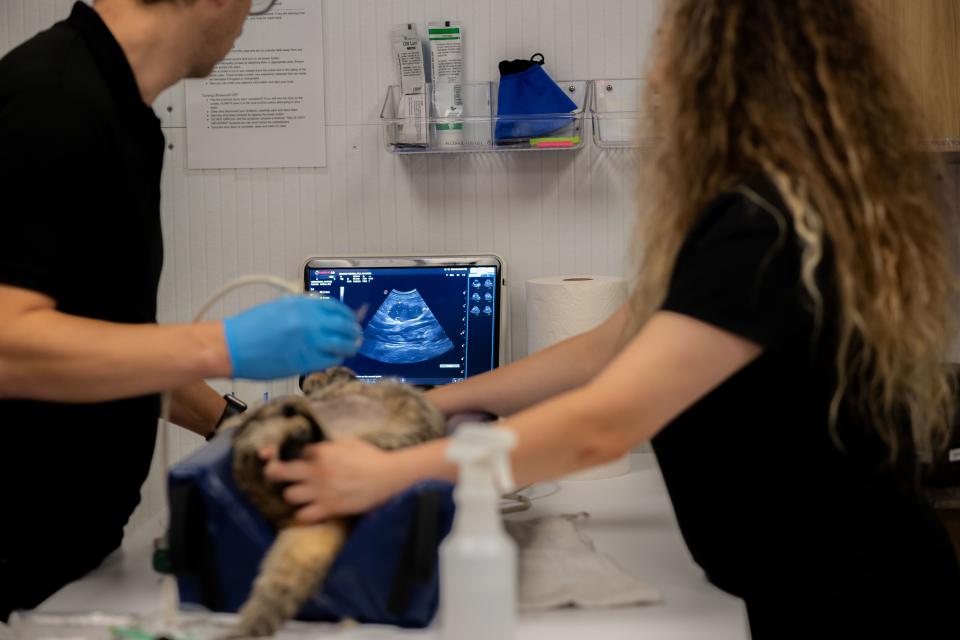
Feline Diagnostic Imaging
What is Veterinary Diagnostic Imaging for Cats?
Veterinary diagnostic imaging for felines comprises radiographs (x-rays), ultrasounds, CT scans, and occasionally MRIs. These imaging methods are typically non-invasive and painless, although some may require sedation or anesthesia to keep the cat still for accurate imaging. These tools aid veterinarians in diagnosing and formulating medical or surgical plans for your cat.
When is Imaging Necessary?
Your veterinarian may recommend diagnostic imaging after an initial examination to gather more information for a diagnosis and treatment plan. For example, x-rays may be used initially for issues like vomiting, followed by an ultrasound for more detailed analysis if required.
Types of Diagnostic Imaging:
- X-Rays: Widely used for its cost-effectiveness and ability to diagnose skeletal and significant cavity issues. It is generally quick and may require sedation.
- Ultrasounds: Utilized for real-time imaging of internal organs, helpful for diagnosing issues like kidney impairment, heart disease, or blockages.
- MRIs: Not offered at Green Dog but provide highly detailed images. It requires sedation and is less commonly used due to the expense.
- CT Scans: Used for complex body parts that can provide more detail than traditional X-rays but less than MRIs.
How Imaging Influences Veterinary Decisions:
Diagnostic imaging provides vital data that can influence a veterinarian's recommendations. It can be a starting point for further diagnostic tests and is essential for a comprehensive treatment plan.
